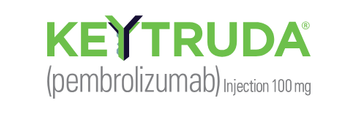
When Death is Near, How Near Is It?
A study of patients with incurable lung cancer suggests that volatile organic compounds may be useful, objective indicators of how soon someone may die.
Is it possible to confidently predict how close a patient with lung cancer may be to death?
Although research has identified commonalities in advanced cancer, such as elevated levels of markers of inflammation, that might define a “dying process,” validated prognostic tools are no more accurate than an expert clinician, with an overall accuracy of 61%, say Elinor Chapman and colleagues from the University of Liverpool. Chapman is now at
In their
At six hospital and hospice sites in northwest England, they collected 144 urine samples from patients with incurable lung cancer. (Urine samples have “intricate and comprehensive“ metabolomic profiles, they note.) The team used headspace gas chromatography mass spectrometry to analyze two datasets: acidified or alkalinized urine. They also divided the samples into two group: one from the last three weeks of life and the other from the last week.
The tests identified 37 VOCs that changed as death neared: 12 increased and 25 decreased within the last three weeks of life. A regression model using eight VOCs predicted dying with an AUC of 0.77 at 30 days, 0.78 at 20 days, and 0.85 at 10 days. Median survival was 50 days in the medium risk-group and 10 days in the high-risk group.
The researchers cite five papers that have reported
Predicting when a patient with advanced cancer is likely to die can be a practical, intellectual, and emotional challenge. But the information from VOCs can make the difference between an extensive, invasive process with “burdensome and unnecessary interventions” and allowing the patient and family a more peaceful end-of-life preparation, Chapman and her colleagues note. “The early recognition that a person may be dying,” they said, “is central to all the priorities for improving peoples’ experience of care in the last days and hours of life.”
Newsletter
Get the latest industry news, event updates, and more from Managed healthcare Executive.






















































